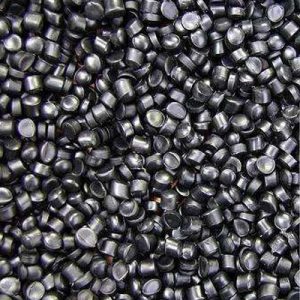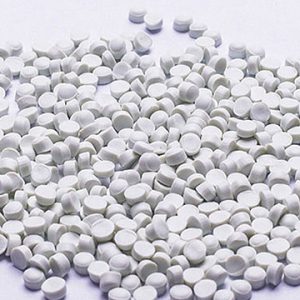Indoor cables play a crucial role in providing connectivity for various applications. Safety is of paramount importance when it comes to indoor cables, particularly in confined spaces or areas with a high density of cables.
Commonly Used Low Smoke Flame-Retardant Materials
1. Polyvinyl Chloride (PVC):
PVC is a widely used low smoke flame-retardant material in indoor cables. It offers excellent flame-retardant properties and is known for its self-extinguishing capabilities. PVC insulation and jacketing in cables help prevent the spread of fire and minimize smoke emission during combustion. This makes PVC a popular choice for indoor cables where fire safety and low smoke generation are critical considerations.
2. Low Smoke Zero Halogen (LSZH) Compounds:
LSZH compounds, also known as halogen-free compounds, are increasingly used in indoor cables due to their low smoke and low toxicity characteristics. These materials are formulated without halogens, such as chlorine or bromine, which are known to emit toxic gases when burned. LSZH compounds provide excellent flame retardancy, low smoke generation, and reduced toxicity levels, making them suitable for applications where human safety and environmental concerns are a priority.

PVC

LSZH Compounds
Reasons for Using Low Smoke Flame-Retardant Materials in Indoor Cables
1. Fire Safety:
The primary reason for using low smoke flame-retardant materials in indoor cables is to enhance fire safety. These materials are specifically designed to reduce the risk of fire propagation and minimize the release of toxic gases and dense smoke in the event of a fire. This is crucial in indoor environments where occupants’ safety and the protection of valuable equipment are paramount.
2. Regulatory Compliance:
Many countries and regions have stringent regulations and standards in place for fire safety and smoke emission in indoor environments. Using low smoke flame-retardant materials helps ensure compliance with these regulations. It enables cable manufacturers to meet the required safety standards and certifications, providing peace of mind to customers and end-users.
3. Human Health Considerations:
Reducing the release of toxic gases and dense smoke during a fire is vital for the protection of human health. By using low smoke flame-retardant materials, indoor cables can help minimize the inhalation of harmful fumes, improving the safety and well-being of occupants in case of a fire incident.
The application of low smoke flame-retardant materials in indoor cables is essential for enhancing fire safety, reducing smoke emission, and protecting human health. Commonly used materials such as PVC, LSZH compounds provide excellent flame-retardant properties and low smoke generation. By utilizing these materials, cable manufacturers can meet regulatory requirements, ensure human safety, and deliver reliable and environmentally conscious solutions for indoor cable applications.
Post time: Jul-11-2023

